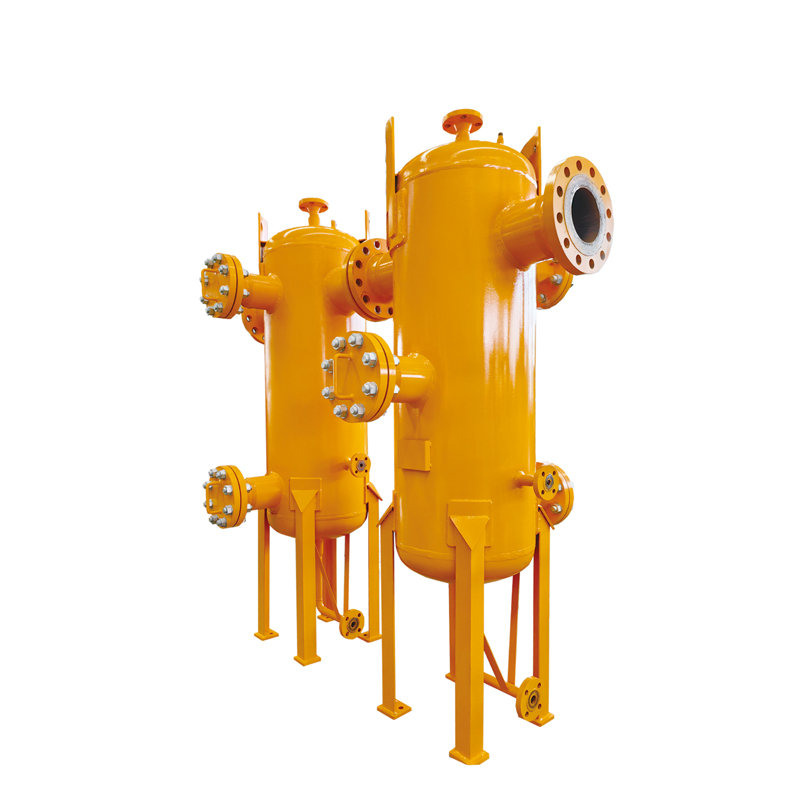
Dec . 15, 2024 01:19
Back to list
Understanding Gas Safety Relief Valves for Optimal Performance and Safety Measures
The Importance of Gas Safety Relief Valves
Gas safety relief valves are essential components in various industrial and residential applications where gases are used or produced. They serve a critical function in maintaining safety and preventing dangerous overpressure situations. Understanding the importance, functionality, and maintenance of these valves can significantly enhance safety measures in gas systems.
What is a Gas Safety Relief Valve?
A gas safety relief valve, also known as a pressure relief valve (PRV), is a device designed to protect pressurized systems from excessive pressure buildup. When pressure within a system exceeds the predetermined safety limit, the valve automatically opens to release gas, thus preventing the potential for catastrophic failures such as explosions, leaks, or damages to equipment and infrastructure.
Functionality
The primary function of a safety relief valve is straightforward yet vital to maintain system pressure at safe levels. These valves are engineered to respond quickly to changes in pressure. They can be set to open at a specific pressure threshold, allowing gas to escape until the pressure drops back to an acceptable level. The design of the valve ensures that it can seal tightly when the pressure returns to normal, thus containing the gas within the system during regular operations.
Applications
Gas safety relief valves are used in various applications, including
1. Industrial Settings In manufacturing and processing plants where gases are used in production, safety relief valves protect equipment and personnel from potential pressure-related hazards.
3. Chemical Processing In facilities that handle gaseous chemicals, relief valves help manage pressure and prevent dangerous chemical reactions.
gas safety relief valve

4. Oil and Gas Industry These valves are crucial for maintaining safety in drilling and production operations, where high-pressure gases may be present.
Importance of Maintenance
Regular maintenance of gas safety relief valves is paramount to ensuring their reliability and effectiveness. Here are key practices that should be adhered to
- Routine Inspections Regular visual inspections can help identify any signs of wear and tear, corrosion, or leaks. Scheduling formal inspections periodically can ensure that the valves function correctly.
- Testing Conducting pressure tests can verify that relief valves open at their designated set points. Ideally, these tests should be performed according to a maintained schedule based on manufacturer guidelines and regulatory requirements.
- Replacement Over time, components can wear out. It is crucial to replace valves that fail tests or show signs of irreversible damage, thereby ensuring continued safety.
Regulations and Standards
Various national and international standards govern the use of gas safety relief valves. These regulations ensure that the valves are built to specific safety specifications and that they are installed correctly. Compliance with these standards is not merely a legal obligation but a necessary commitment to safety.
Conclusion
Gas safety relief valves play a pivotal role in protecting individuals, property, and the environment from the dangers associated with pressurized gas systems. By understanding their importance, ensuring proper functionality, and adhering to maintenance protocols, industries and home users alike can contribute to a safer world. In an age where safety cannot be compromised, gas safety relief valves stand as an essential line of defense against potential hazards, ensuring that gas systems operate within safe parameters. Regular engagement with safety protocols will not only enhance operational efficiency but will also safeguard lives, making these devices indispensable in any gas-utilizing scenario.
Next:
Latest news
-
Safety Valve Spring-Loaded Design Overpressure ProtectionNewsJul.25,2025
-
Precision Voltage Regulator AC5 Accuracy Grade PerformanceNewsJul.25,2025
-
Natural Gas Pressure Regulating Skid Industrial Pipeline ApplicationsNewsJul.25,2025
-
Natural Gas Filter Stainless Steel Mesh Element DesignNewsJul.25,2025
-
Gas Pressure Regulator Valve Direct-Acting Spring-Loaded DesignNewsJul.25,2025
-
Decompression Equipment Multi-Stage Heat Exchange System DesignNewsJul.25,2025

